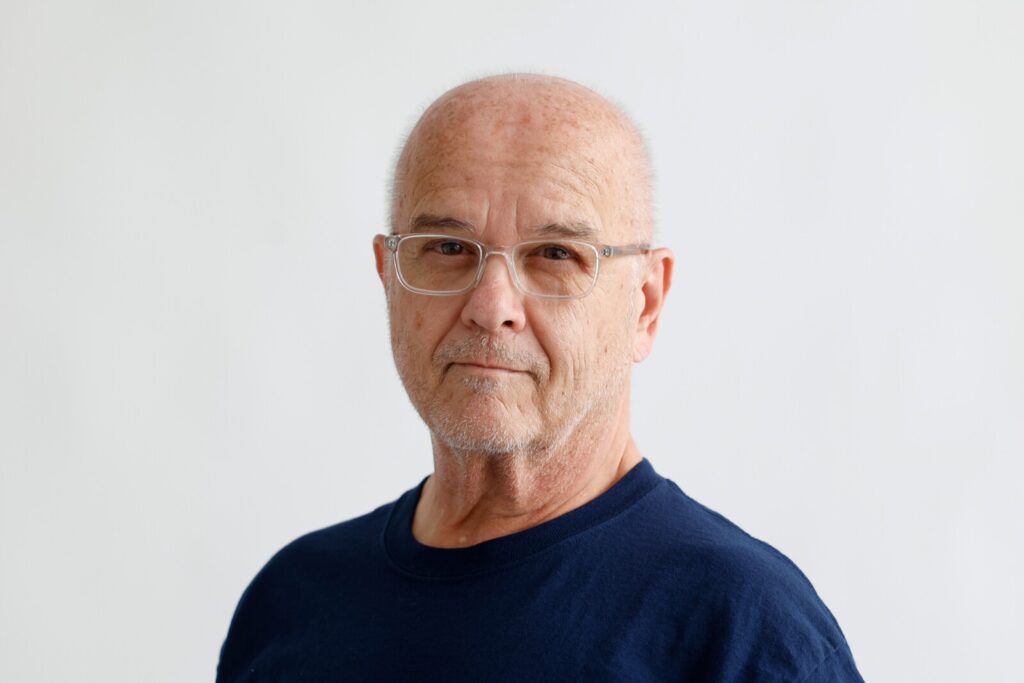I often wax nostalgic when back-to-school season arrives. For parents, it means shooing the children out the door rather than having them languish about the house. For students, it means getting back into routine and readjusting to the loss of days of leisure.
At least for most. I was one of those oddities who anxiously anticipated school being back in session. The small community in North Dakota where I grew up didn’t have a great deal to offer during the summer. Most of the community activity revolved around school functions. The start of football season, planning the first edition of the school newspaper and the selection of the first play for the year were cultural highlights.
No cell phones. No computers. A handful of radio stations. One snowy television station. You see where I am coming from. Entertainment had to be created. Culture had to be procured prior to consumption.
Things have changed. I am not one of those who clings to that distant memory as the ideal. Had there been personal computers in the late ’70s, I would have been the first in line to buy one. It’s not so much that things were better back then, it’s just that they are different today. Or are they? Some of the developments definitely positive, a few of them big negatives, but all a part of experiencing life.
Recently I stopped in a retail store to glance at the ”must have” sheet for students. Many of the items I remember purchasing were there. Pencils and pens, paper and folders and scissors and glue. And then there were the tools that hadn’t even been invented when I was in school — calculators, flash drives, headphones.
I was amazed at the specificity on some of the lists. Growing up, you bought whatever the lone drug store in town stocked. No Amazon. One exception – pencils almost always had to be No. 2. I don’t think I ever owned a No. 1 or a No. 3. Did they even make them?
The first 12 years of my education could best be described as simple but effective.The most inspiring thing a teacher ever told me was that our school was too small to teach everything you would need to know, so they would teach you how to learn. That ignited a spark in me that burns to this day. I became a lifelong learner and have never looked back.
When computers became common in the newspaper industry in the late ’80s, many of my colleagues abandoned ship. “I’ll never learn that,” they wailed, and then went off to be fertilizer salesmen or carpenters. Alas, those pursuits were going through similar transitions. No place to run. No place to hide. I, on the other hand, jumped in and learned everything I could as quickly as I could.
Many years later, a 20-something young man in my internship program, sat quietly while I explained the ins and outs of Quark. At the conclusion of the lesson he said, “you know a lot about computers for an old guy.” He was allowed to stay in the program. I took it as a compliment.
As the educational year begins, I hope the underlying tenet remains to inspire lifelong learning in each student. A big emphasis today is critical thinking, which is important. But if you break down “critical thinking,” you’ll discover at the heart of the concept is lifelong learning.
Just as no one knew back in the ’70s what we would need to know in 2025, no one knows what today’s students will need to know to survive and thrive 50 years from now. Being equipped to handle whatever challenges arise is the best possible outcome.
Resilience wins the day. Those who can change survive. Let’s aim to be survivors.
Paul Wahl is a veteran of more than 40 years on the front lines of reporting, photographing and editing for newspapers and magazines large and small in five states and overseas. Copies of the Session Weekly from 1999 are archived at
https://www.house.mn.gov/hinfo/swmain.asp
.

